Petite Hydrangeas: The Perfect Plants For Small Spaces
Petite Hydrangeas: The Perfect Plants for Small Spaces
Hydrangeas are some of the most popular flowering shrubs in the world, known for their large, showy blooms. But what if you don't have a lot of space in your garden? Don't despair! There are plenty of petite hydrangea varieties that are perfect for small spaces.
Petite hydrangeas typically grow 3-6 feet tall and wide, making them a great choice for patios, decks, and small flower beds. They also tend to be more compact than their larger counterparts, so they require less pruning and maintenance.
In addition to their small size, petite hydrangeas offer a variety of other benefits. They are often more cold-hardy than larger varieties, making them a good choice for colder climates. They also tend to be more disease-resistant, so you won't have to worry about as much maintenance.
If you're looking for a beautiful and low-maintenance flowering shrub for your small space, a petite hydrangea is a great option. Here are a few of our favorites:
- Hydrangea arborescens 'Little Lime' is a compact variety of the popular Limelight hydrangea. It produces large, lime-green blooms in the summer that fade to pink in the fall.
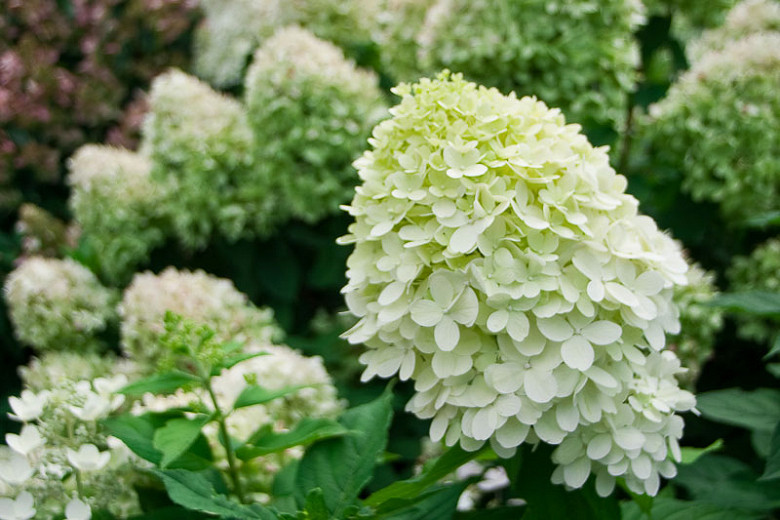
- Hydrangea macrophylla 'Mini Penny' is a miniature version of the popular Endless Summer hydrangea. It produces small, pink or blue blooms in the summer.
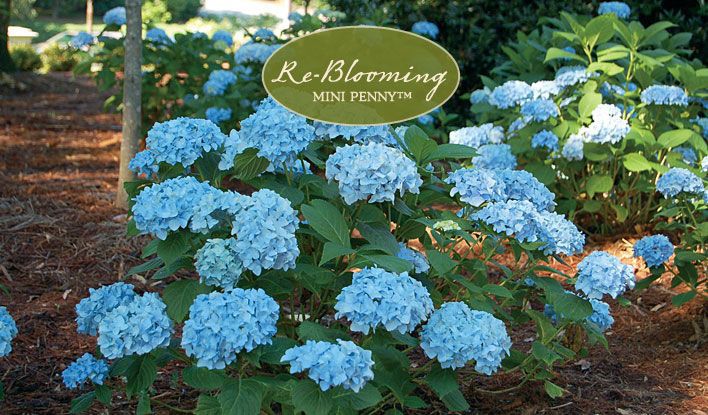
- Hydrangea paniculata 'Bombshell' is a vigorous grower that produces large, panicles of white flowers in the summer. It is hardy in zones 3-9.
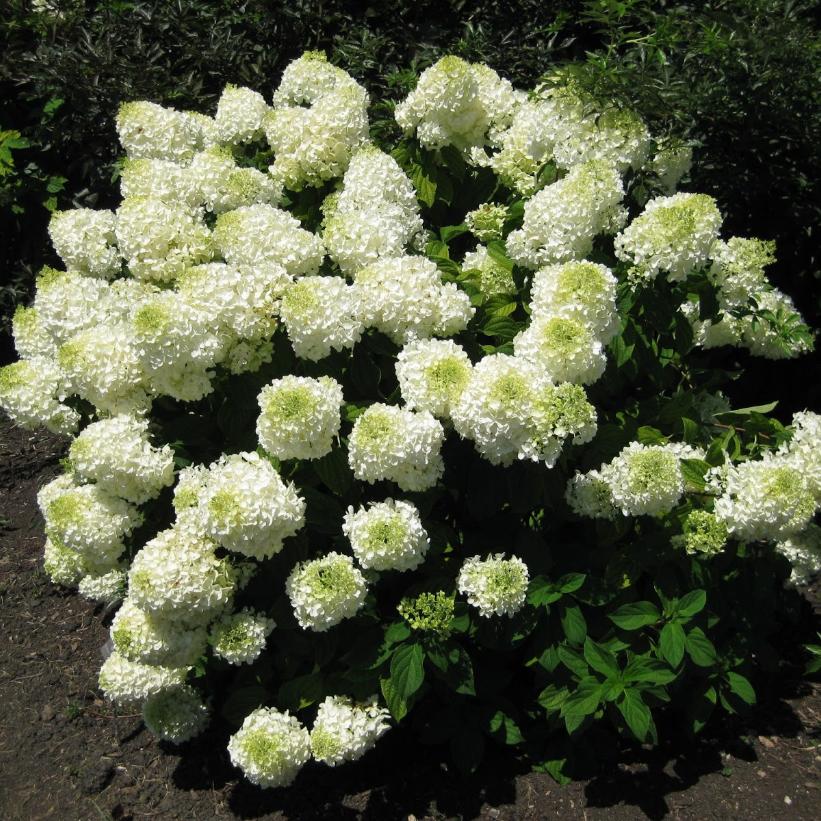
- Hydrangea quercifolia 'Little Honey' is a small, oakleaf hydrangea that produces creamy white blooms in the summer. It is hardy in zones 5-9.

- Hydrangea serrata 'Tiny Tuff Stuff' is a dwarf variety of the oakleaf hydrangea. It produces small, white blooms in the summer. It is hardy in zones 5-8.
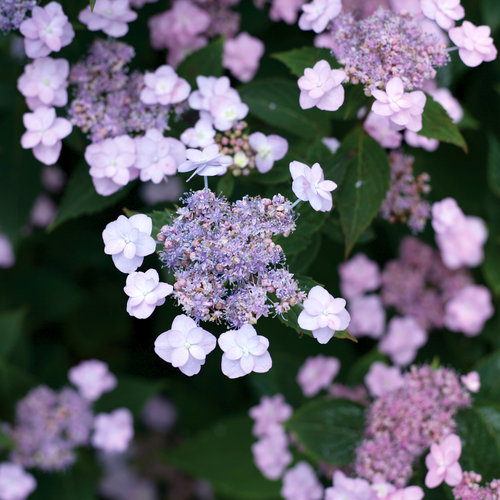
These are just a few of the many petite hydrangea varieties available. With so many options to choose from, you're sure to find the perfect one for your small space.
Here are some tips for planting and caring for petite hydrangeas:
- Choose a location that receives full sun or partial shade.
- Plant in well-drained soil.
- Water regularly, especially during the first year after planting.
- Fertilize in the spring with a balanced fertilizer.
- Prune in the spring to remove any dead or damaged growth.
With a little care, your petite hydrangeas will thrive for years to come, providing you with beautiful blooms season after season.
If you're looking for a beautiful and low-maintenance shrub for your garden, consider the petite hydrangea. These charming plants grow to only 3-4 feet tall and wide, making them perfect for small spaces. They also bloom profusely in the summer, with clusters of delicate white, pink, or blue flowers.
Petite hydrangeas are relatively easy to care for. They prefer full sun to partial shade and well-drained soil. Water them regularly, especially during hot, dry weather. In the fall, you can prune them back to encourage new growth in the spring.
If you're interested in learning more about petite hydrangeas, I recommend visiting . This website has a wealth of information about these plants, including growing tips, care instructions, and varieties. You can also find photos and videos of petite hydrangeas in bloom.
FAQ of petite hydrangea
1. What is a petite hydrangea?
A petite hydrangea is a type of hydrangea that is smaller in size than other hydrangeas. They typically grow to be 3-5 feet tall and wide, making them ideal for smaller gardens or containers. Petite hydrangeas also have smaller flowers than other hydrangeas, but they are just as beautiful.
2. Are petite hydrangeas easy to care for?
Yes, petite hydrangeas are relatively easy to care for. They prefer full sun to partial shade and moist, well-drained soil. They should be watered regularly, especially during hot, dry weather. Petite hydrangeas are also relatively pest- and disease-resistant.
3. What are the different colors of petite hydrangeas?
The most common color of petite hydrangeas is blue. However, there are also varieties that bloom in pink, white, and purple. The color of the flowers can be affected by the pH of the soil. In acidic soil, the flowers will be blue. In alkaline soil, the flowers will be pink.
4. How do I deadhead petite hydrangeas?
Deadheading is the process of removing spent flowers. This helps to encourage new blooms and prevent the plant from setting seed. To deadhead petite hydrangeas, simply pinch off the spent flowers with your fingers. You can also use a pair of scissors to cut them off.
5. How do I overwinter petite hydrangeas?
In most climates, petite hydrangeas can be overwintered outdoors. However, if you live in an area with very cold winters, you may need to bring them indoors. To overwinter petite hydrangeas outdoors, mulch the roots with a layer of leaves or straw. You may also need to cover the plant with a burlap sack or other protective material. If you bring your petite hydrangeas indoors, place them in a cool, bright location. Water them sparingly during the winter months.
Image of petite hydrangea
- Little Lime Hydrangea is a compact variety that grows up to 3 feet tall and wide. It has lime green blooms in the spring and summer that turn pink or red in the fall.
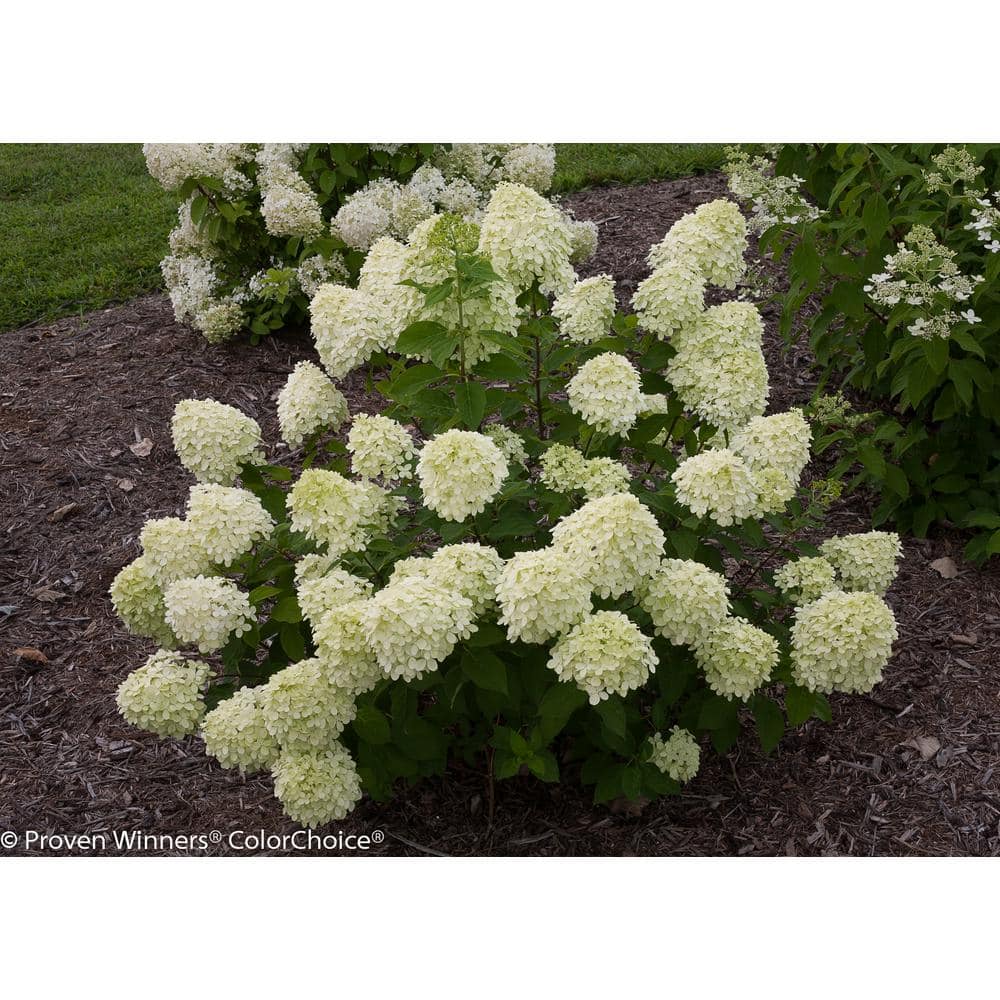
- PeeGee Hydrangea is a dwarf variety that grows up to 2 feet tall and wide. It has large, conical blooms in the summer that are white or pink.
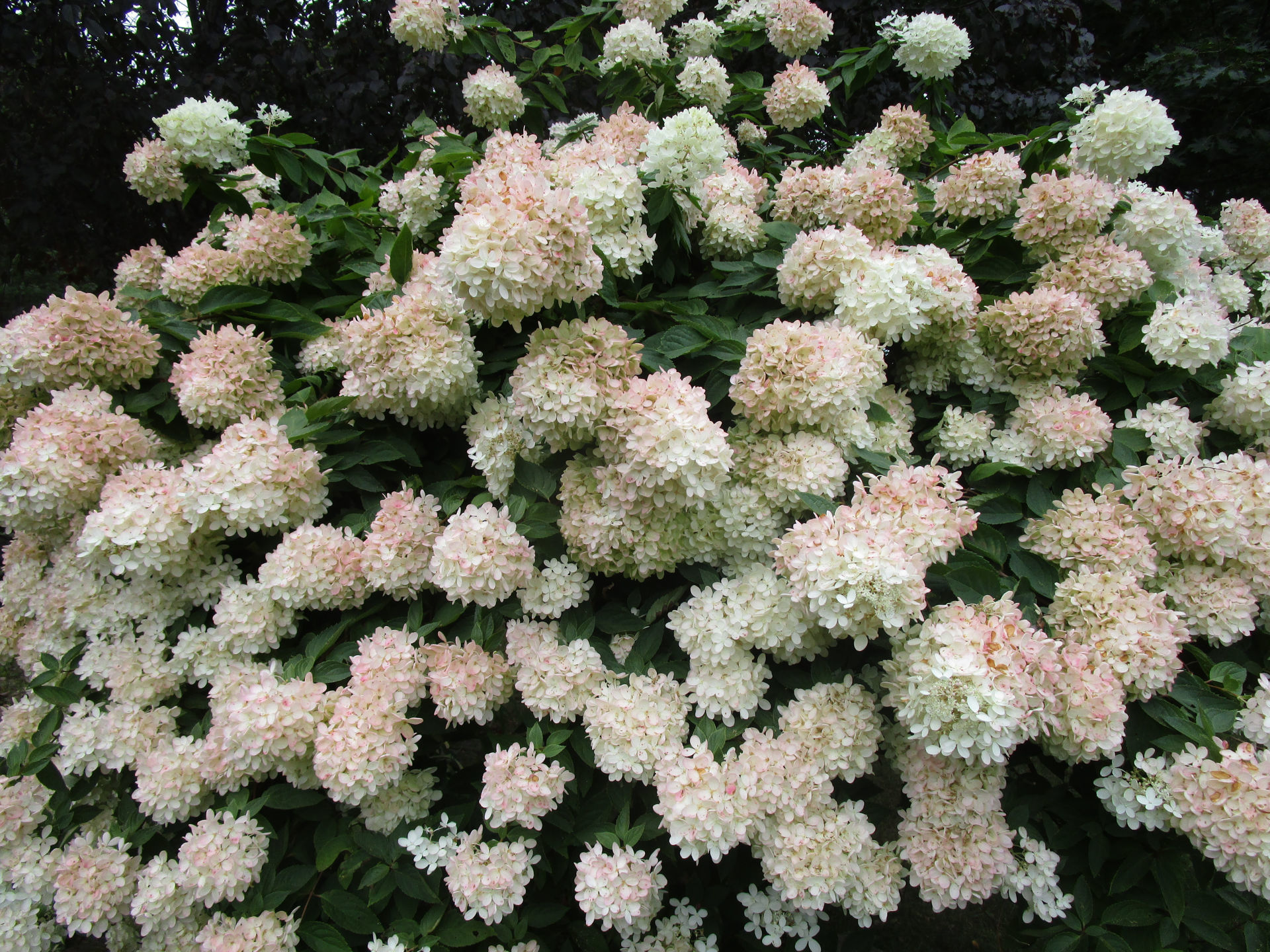
- Incrediball Hydrangea is a compact variety that grows up to 4 feet tall and wide. It has large, round blooms in the summer that are blue, pink, or white.
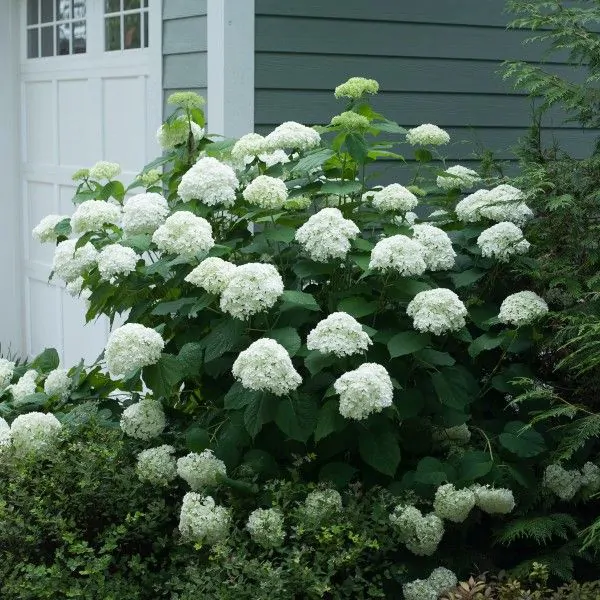
- Annabelle Hydrangea is a popular variety that grows up to 6 feet tall and wide. It has large, lacecap blooms in the summer that are white.
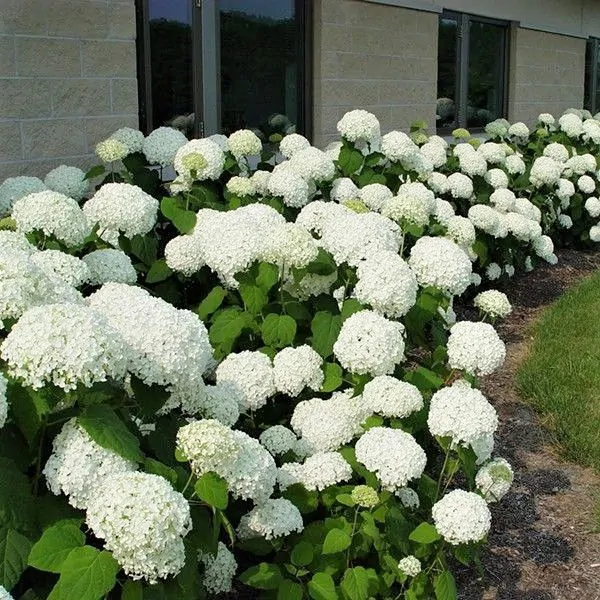
- Limelight Hydrangea is a variety that grows up to 6 feet tall and wide. It has large, panicle blooms in the summer that are lime green.
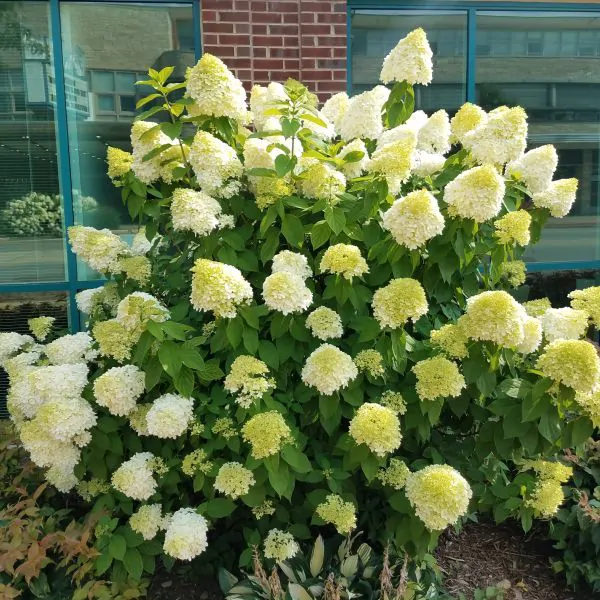
Post a Comment for "Petite Hydrangeas: The Perfect Plants For Small Spaces"